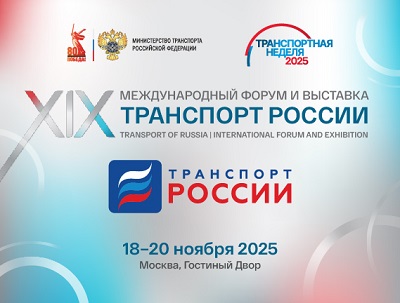Modeling of train flow handling through a limiting single-track section of the route at the organization of high-speed operation using the existing infrastructure
https://doi.org/10.21780/2223-9731-2018-77-1-34-43
Abstract
About the Authors
S. V. KarasevRussian Federation
A. D. Kalidova
Russian Federation
References
1. UIC – International union of railways. The worldwide railway organisation [Electronic resource]. URL: http://uic.org/ (retrieved on 17.10.2017).
2. Castillo E., Nogal M., Grande Z. An alternate double-single track proposal for high-speed peripheral railway lines. Computer- Aided Civil and Infrastructure Engineering, 2015, no. 30, pp. 181 – 201.
3. Instructions for calculating the available capacity of railways. Moscow, 2011, 290 p. (in Russ.)
4. Levin D.Yu., Pavlov V. L. Raschet i ispol'zovanie propusknoy sposobnosti zheleznykh dorog [Calculation and use of railway capacity]. Moscow, FGOU “Educational and methodological center for education in railway transport” Publ., 2011, 364 p.
5. Levin D. Yu. Ocheredi na zheleznoy doroge [Queues on the railway]. World of Transport and Transportation, 2014, no. 2, pp. 132 – 141.
6. Kalidova A. D. Razrabotka metoda tekhnologicheskoy otsenki protsessa propuska poezdopotokov cherez odnoputnoe bar'ernoe mesto dvukhputnoy linii na osnove imitatsionnogo modelirovaniya [Development of a method for technological evaluation of the process of passing train flows through a single-track barrier in a double-track line based on imitation modeling]. Transport Urala, 2017, no. 2 (53), pp. 102 – 108.
7. Kalidova A. D. Analiz vozmozhnostey sovmeshcheniya skorostnogo i obychnogo dvizheniya s ispol'zovaniem sushchestvuyushchey infrastruktury [Analysis of the possibilities of combining high-speed and conventional traffic using the existing infrastructure]. Traditsionnaya i innovatsionnaya nauka: istoriya, sovremennoe sostoyanie, perspektivy. Sb. st. Mezhdunar. nauch.- prakt. konf. / pod red. A. A. Sukiasyana [Traditional and innovative science: history, current state, perspectives. Coll. of articles of the International scientific and practical conf. edited by A. A. Sukiasyan]. Ufa, 2016, Part 2, pp. 52 – 55.
8. Shannon R. System simulation — the art and science. Moscow, MIR Publ., 1978, 420 p.
9. Kelton V., Lou A. Imitatsionnoe modelirovanie. Klassika CS. 3-e izd. [Simulation modeling. Classics CS. 3rd ed.]. St. Petersburg, Piter Publ., Kyiv, BHV Publ., 2004, 847 p.
10. Karasev S. V., Kalidova A. D. Modeling program “Barrier-1” for trains passing through a single-track barrier space of infrastructure. Certificate on registration of electronic resource OFERNiO no. 22781 from May 23, 2017 (in Russ.).
11. Search and compare cheap buses, trains and flights [Electronic resource]. URL: https://ru.goeuro.com/ (retrieved on 23.10.2017).
12. JCS “Russian railways” [Electronic resource]. URL: http://www.rzd.ru/ (retrieved on 25.10.2017).
Review
For citations:
Karasev S.V., Kalidova A.D. Modeling of train flow handling through a limiting single-track section of the route at the organization of high-speed operation using the existing infrastructure. RUSSIAN RAILWAY SCIENCE JOURNAL. 2018;77(1):34-43. (In Russ.) https://doi.org/10.21780/2223-9731-2018-77-1-34-43
























































